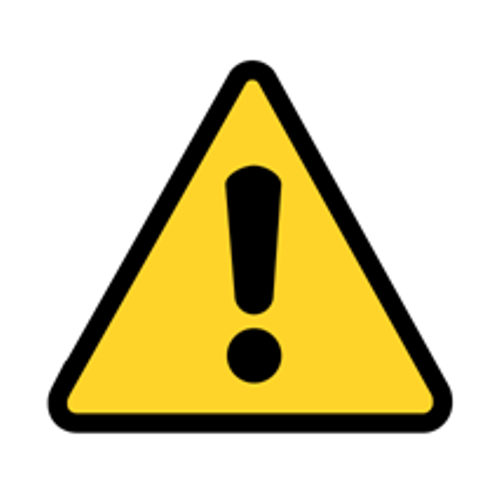Bluetongue latest situation
There is currently no evidence that there is circulating virus.
Due to a decrease in temperature midge activity is much lower with midges (the disease vector) not actively feeding. Low temperatures also mean that the virus cannot replicate in the midge, so even if a midge does feed on an infected animal, the risk of transmission to another animal is very low. This is called a low vector period.
Considering current environmental and vector conditions, we have taken the decision not to cull infected animals where test results indicate older infection and the presence of BTV antibodies. Infected animals may still be restricted at their current locations and other disease mitigation measures taken as appropriate.
From Monday 19 February the Kent and Norfolk Temporary Control Zones (TCZs) will be lifted. Positive high-risk animals will remain under restriction as well as premises in the Zones which have not yet been sampled. APHA has contacted livestock keepers in the Zones to discuss what this means for them.
Surveillance of susceptible animals and epidemiological assessments will continue. We will keep the situation under review.
Bluetongue does not affect people or food safety.
Bluetongue is a notifiable disease in the UK and suspected cases must be reported immediately to the Divisional Veterinary Manager at the local Animal Health Office.
The last outbreak in England, Scotland or Wales was in 2007.


